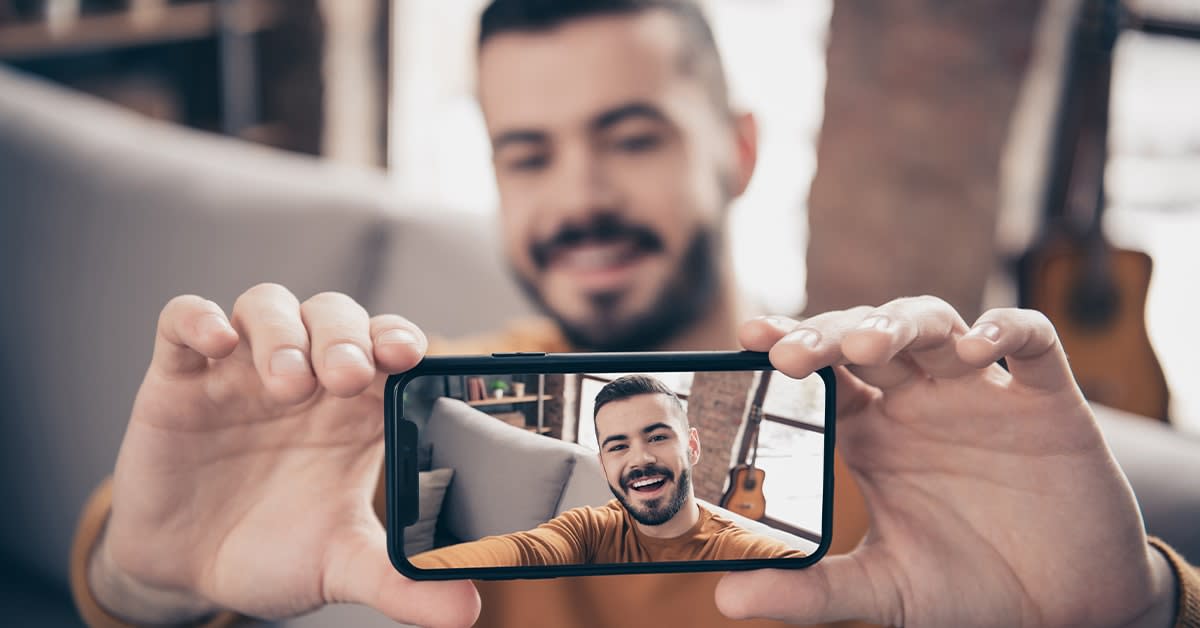So you want to make a music video, but don’t know where to start? There are lots of tips online that can help you make it. Before starting, you should do some research and decide which equipment you’ll need to make a great music video. Here are some tips to get you started:
Do your homework before shooting a music video
The first step in shooting a music video is to find good-quality footage. The iPhone can’t produce professional-quality footage, so you should find footage from other sources to add to your own. Make sure to pay attention to lighting and framing, as well as composition, to achieve a professional-quality end product. Secondly, make sure you shoot as much footage as you can, and make sure you credit other sources.
Depending on the concept, you can shoot a scenic video to show off the natural beauty of your surroundings, or you can shoot a compilation of clips of your childhood or your band’s music history. Some videos even show the growth of your guitar, so you can include clips from your past in a video that features it. The idea is limitless, but remember that you should do some research before filming.
Another step in shooting a music video by yourself on your iPhone is to choose background music. Make sure you choose music that compliments the content. The iPhone 6s can record 4K videos at full HD resolution, but the 8-megapixel camera may limit the quality. If you don’t want to use a computer to edit your video, you can use a simple iPhone application. By adding music to your videos, you can enhance their quality and impress viewers.
The next step in creating a music video by yourself on your iPhone is to choose the best idea. Having a good idea and a sufficient budget is essential to making your music video a success. Remember, without a good idea, your video will be terrible. Be honest and earnest with your idea and you’ll have a great video to show off. If you have all these things, your video will come out amazing!

Using a camcorder
A camcorder can be a useful tool for shooting music videos. It can take many forms, including dancing, scenery, and electronic imagery. You can also add effects and filters to your video, and even insert text. You can also shoot live to get a more authentic feel for your performance. Although shooting music videos by yourself may be a more expensive option, it’s still possible to capture good quality videos.
An iPhone also comes with a camera and a microphone, making it easy to record and edit your music video. However, if you plan to include band members, it can be challenging to film them with a camcorder. Using a camcorder to shoot a music video by yourself on iPhone is an excellent choice for indie artists who don’t want to shell out a lot of money on production.
To record the sound in your iPhone video, you can use the built-in microphone or attach an external microphone. The built-in microphone is quite effective, but it’s best to be close to the primary source so that the recording can be as clear and accurate as possible. You can also use the Connect app to record the screen of an Android phone. In this way, you can control the volume of the audio while shooting the video.
You may also want to consider investing in a stabilizer. You can buy a tripod or gimbal stabilizer and use that to hold the camera level. Once you have everything set up, you can start shooting music videos. And remember, the final product will be worth the effort. Just remember to learn the basics! It doesn’t have to cost a fortune.
Using a green screen
One of the ways to create an incredibly professional music video is to use a green screen. With a green screen, you can superimpose any background you like onto the subject. You can also use a studio light to help light the subject from behind. However, you should make sure that your subject doesn’t cast too much shadow on the background. To do this, you can use two or three backlights and change the intensity of the light to avoid this problem.
The next step is to crop your video. This will activate a four-point mask, allowing you to select the desired portion of the video or image. After cropping, you can export the project. This example was created in just a few minutes, so it shows you the power of iMovie. Using the green screen is free in the Mac version of the app.
To use the green screen, you must use an iPhone with iOS 7.1 or higher. To do this, open the Apple TV app and then choose the camera icon. Now, you can place the background video on the middle track of the timeline. When you have completed the green screen part of the video, click on the red record button and wait for the image to appear in the timeline.
To create a green screen video, you must first make sure that the background has lots of light, eliminate any shadows, and make sure that the background is a single color. After you have the green screenshot, open up the clip in the camera, and double-click on it to access the color keying tab. After you’ve selected the background color, you can adjust the background to match the green screen color.
Getting the lighting right
You may be wondering how to get the lighting right when shooting a music video with your iPhone. Luckily, this is an easy process. Just tap the screen of the iPhone to change the brightness and contrast of the video. However, some situations are difficult to balance. If possible, film your video in a shaded area. This way, the light from the sun is evenly distributed throughout the video. Avoid shooting the video in a window, as bright light from outside can
interfere with making adjustments on the iPhone.
Although it is possible to use an iPhone to shoot music videos, it may be a better idea to hire a director. While music videos can be expensive, they don’t have to be expensive. If you’re going to spend a lot of money, consider hiring a director or enlisting the services of a professional to edit them. For the video itself, a tripod is an essential accessory.
Lighting is very important when shooting a music video with your iPhone. Remember to check the camera’s settings before starting the recording. In addition to the camera, you should also have a microphone. This will help you get the proper sound from your iPhone. Lighting will also make your video look professional. Lastly, remember to give your video a title and credit. You can use a good editing app on your phone. A good editing app will offer video effects, audio conversion, and transcoding.
Using iMovie
Shooting a music video on the iPhone is surprisingly simple. Once you download iMovie from the iTunes store, you’ll be ready to go. Open the app and tap the “?” icon at the top of the screen. You’ll then have to add video clips, adjust their order, and add effects like voiceovers and cutaways.
You can add music, video, and text to your video by simply tapping on the clip and T icons. Then, you can adjust the size and position of the text. Next, tap the “+” symbol in the upper left corner of the screen to add a music track. You can also select from built-in soundtracks or iCloud music to add to your video.
iMovie is an easy-to-use video editor for the iPhone, iPad, and Mac. Its easy-to-use interface allows even amateur users to create professional-looking videos without editing a degree in film making. With iMovie, you can easily trim clips with the touch of a finger and add seamless transitions. In addition to recording video, the app also supports 4K video and can import Apple program images.
You can also use the video filters app to add special effects to your footage. The video filters app is free to download, but it’s worth buying more filters if you want more options. Finally, the iMovie app lets you edit your videos on the go, and includes transitions, titles, and themes. iMovie is a must-have app if you plan to shoot a music video.
Using iMovie to shoot your music video on iPhone is easy and affordable if you know how to use it. Apple’s video editing software is also free for iPhone and iPad users. Using iMovie can be a fun, low-cost alternative to hiring a professional video editor. So, whether you’re a novice or an expert, you can make a music video in no time at all.




